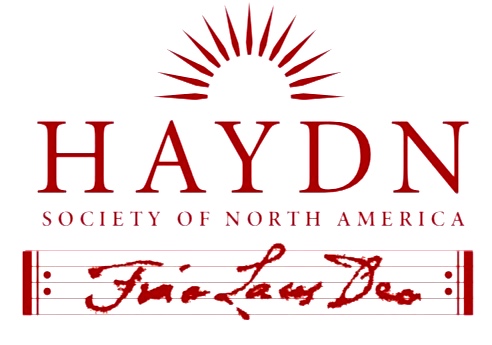
Document Type
Article
Abstract
Teaching music within a general education scaffolding at a self-identified “career-oriented university” focused on the STEM disciplines (Science-Technology-Engineering-Mathematics), with no music degree program, offers many challenges. Over my eighteen years at such a place, where I teach in the traditional classroom and am conductor of its orchestra, I have come to recognize a striking similarity between the relationship my students have with music, and the arts and humanities in the broader sense, and the new emerging “general” audiences of the late eighteenth century. Thus, my goal as a teacher is not unlike Handel’s, Haydn’s, and Mozart’s goal of seeking approbation of the presented materials to the “inexperienced listeners” so as to spark deeper interest. My lower- and upper-level courses, and my college orchestra, are likely the only academic experiences students will have with the arts and humanities, and so a few basic concepts are crucial to their understanding: 1) something actually happens; 2) the role of representation and metaphor; 3) the importance of setting and occasion. In all of the levels and types of courses, several Haydn works have proven exemplary for achieving and consistently reiterating these basic concepts, consequently opening students up to the larger communicative, aesthetic, and intellectual ideas of the arts and humanities.
Recommended Citation
Ruhling, Michael E.
(2016)
"Generating STEAM: Haydn and the Arts in General Education at a "Career-Oriented" Institute of Technology,"
HAYDN: Online Journal of the Haydn Society of North America: Vol. 6, Article 3.
Available at:
https://remix.berklee.edu/haydn-journal/vol6/iss1/3
© Haydn Society of North America ; Boston: Berklee Library, 2016. Duplication without the express permission of the author and/or the Haydn Society of North America is prohibited.


